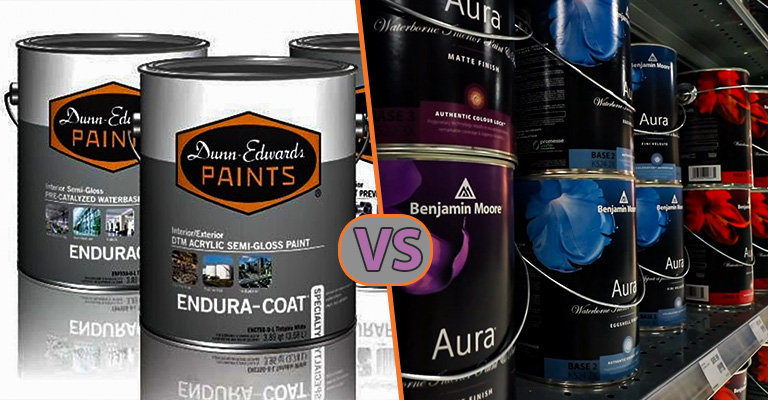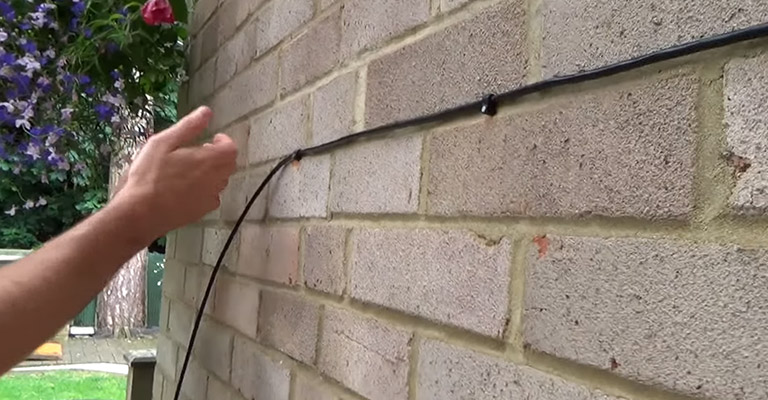Brad Nailer vs. Finish Nailer – Which One Should You Choose?
When it comes to woodworking and home improvement projects, having the right tools is paramount. Among the plethora of tools available, nail guns have carved a niche of their own, providing speed, accuracy, and power. Specifically, the brad nailer and finish nailer are staples in any seasoned DIY enthusiast’s toolbox. However, for the uninitiated, understanding the key differences between these two tools can be daunting.
So, let’s explore the world of brad nailers and finish nailers and try to determine which is more suited for your particular needs.
What is a Brad Nailer?
A brad nailer is a specialized tool designed for delicate, detailed woodworking projects. It uses 18-gauge brad nails, which are relatively thin and almost headless. The subtlety of the nails ensures minimal damage to the surface, making it ideal for attaching lightweight trim and for projects where aesthetics are vital.
The brad nailer shines in applications such as intricate moldings, picture frames, and delicate furniture repairs. The fact that brad nails create a smaller hole means that they’re less likely to split thin pieces of wood. Furthermore, due to their small size, these holes are less noticeable and often don’t require putty or other forms of covering.
What is a Finish Nailer?
The finish nailer, on the other hand, is a more robust tool designed to handle larger, more demanding tasks. Finish nailers utilize 15 or 16-gauge nails that are thicker and more durable. These nailers are perfect for heavy trim work, paneling, baseboards, door and window casings, crown molding, and hardwood flooring.
Finish nailers offer more holding power due to the larger nail size, making them ideal for projects where structural integrity is crucial. Although the larger holes they leave behind might require filling, the trade-off is a stronger, more secure finish.
Brad Nailer vs. Finish Nailer: Key Differences
Size and Weight
In terms of physical characteristics, brad nailers are generally smaller and lighter than finish nailers. This makes them more comfortable to handle for extended periods, ideal for intricate, detailed tasks that require a steady hand.
Versatility
Finish nailers, given their strength and larger nail size, can tackle a broader range of projects. If you often work on larger installations like shelving, cabinets, or baseboards, a finish nailer could be a more versatile choice.
Hole Size
Brad nailers leave smaller, less noticeable holes, making them better suited for finishing work on delicate materials or projects where aesthetics matter. In contrast, finish nailers, due to their larger nails, leave more substantial holes that may require filling and sanding for a polished look.
Holding Power
While brad nailers offer enough holding power for light trim work, finish nailers surpass them in securing larger, heavier materials due to their larger nails.
The Final Verdict: Brad Nailer or Finish Nailer?
Choosing between a brad nailer and a finish nailer largely depends on your specific needs and project type. Both tools have their unique strengths and are designed for distinct applications.
If you need a tool that leaves a clean, nearly invisible finish on delicate wood pieces, or are engaging in lightweight, detailed projects, a brad nailer is the go-to tool. Its 18-gauge, almost headless nails offer minimal damage to the surface, ensuring that the beauty and integrity of your project is not compromised.
On the other hand, if you’re dealing with larger, thicker pieces of wood that require more holding power, or you’re working on more significant home improvement tasks such as installing baseboards, door casings, or hardwood flooring, a finish nailer with its robust 15 or 16-gauge nails is your best bet.
But who said you had to choose one over the other? If you frequently engage in a variety of woodworking or DIY projects, having both a brad nailer and a finish nailer in your tool arsenal can be beneficial. It provides you with the flexibility to choose the most suitable tool for each specific task, ensuring a job well done every time.
In the end, the choice between a brad nailer and a finish nailer should be guided by the nature of your projects and the type of finish you desire. Remember, the best tool is the one that helps you accomplish your task efficiently and effectively.
Best Practices for Using Brad Nailers and Finish Nailers
Regardless of whether you’re using a brad nailer or a finish nailer, it’s crucial to follow certain best practices to ensure maximum effectiveness and safety.
1. Proper Training
Before using any power tool, make sure you’re thoroughly familiar with its operation. Read the user manual and if possible, watch instructional videos online to gain a clear understanding of the tool’s functions.
2. Safety Measures
Always wear appropriate safety gear, including safety glasses and hearing protection. Avoid loose clothing that could get caught in the nailer and never point the tool at yourself or others.
3. Maintenance
Regular maintenance of your nailer will prolong its life and ensure it operates optimally. This involves cleaning, oiling (for pneumatic models), and regularly checking for any damage or wear.
4. Test before Use
Test the nailer on a scrap piece of the same material you’ll be working on. This will help you adjust the pressure settings to get the perfect depth of drive.
Conclusion: Every Tool Has Its Place
Brad Nailer Pros
The brad nail is a trusted companion when dealing with decorative molding, as it leaves a minimal footprint, ensuring the delicacy and aesthetics of your work are maintained. The brad nail gun is particularly adept at handling these finer tasks, where the need to avoid split wood is paramount. With the right nail length and the use of wood glue for extra holding power, a brad nailer’s pros far outweigh the cons for intricate woodworking tasks.
On the flip side, finish nails, with their robust structure, are best suited for attaching baseboards or working with thicker materials. The finish nail gun is a tool designed with power and hold in mind, making it a reliable choice for larger, more demanding jobs. Its ability to drive nails into thick wood without causing damage underscores its importance in any woodworking toolkit.
In conclusion, the choice between a brad nail and a finish nail, or a brad nail gun and a finish nail gun, depends largely on your project’s specific requirements. With the right knowledge, you can choose the perfect tool, nail length, and supplementary materials like wood glue to ensure a job well done, whether you’re attaching delicate decorative molding or sturdy baseboards. Remember, every tool has its place, and understanding their respective strengths is the key to superior craftsmanship.



